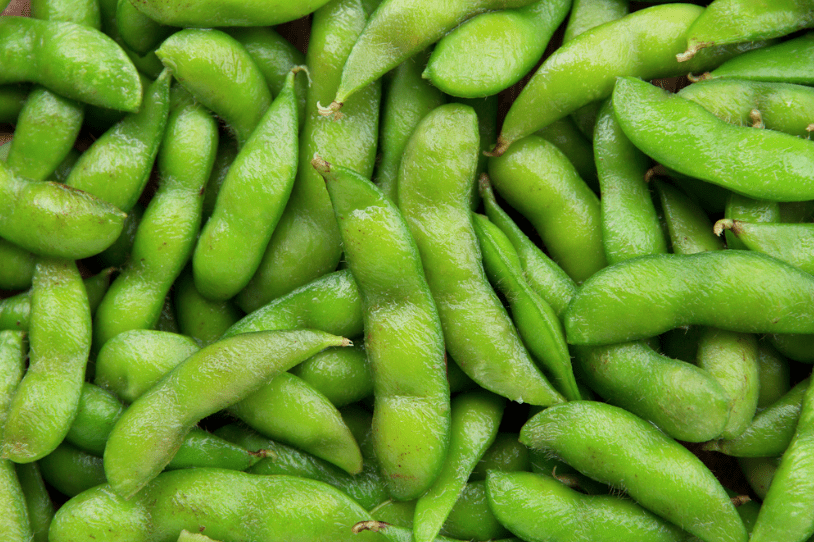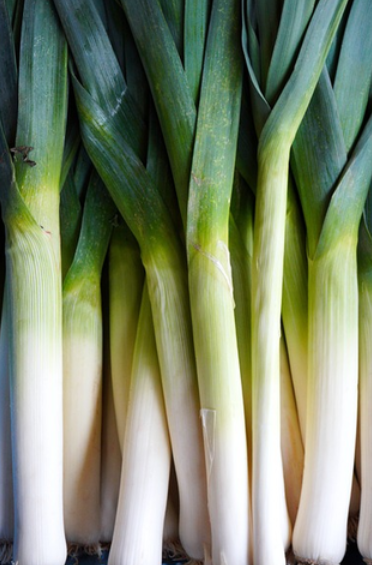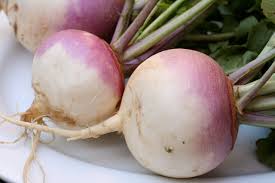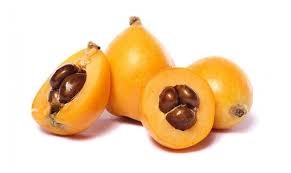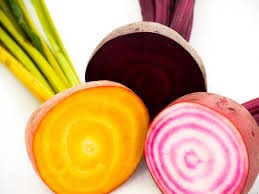Last week we presented you the Daikon radish, a Japanese vegetable that in Israel is considered both exotic and anonymous. This week, our garden will speak Japanese again, as we delve into the word of the day: 枝豆, or in the English version – Edamame.
Meaning of the name: It literally means "stem beans" (枝 eda = "branch" or "stem" + 豆 mame = "bean"), because the beans were often sold while still attached to the stem.
In fact, these are unripe soybean pods, and this is an opportunity to talk a bit about this important plant, which although characteristic of Eastern cuisine, its use in the food industry is widespread and varied, as almost all of us consume soy in one form or another. So let's talk about soy.

Soy is a type of legume, I write 'type' because dozens of soybean varieties are known. The domestication process of 'Glycine max' the most common variety in agricultural cultivation, occurred in China about 4,000 years ago, from where it spread to the entire East and alongside rice became the main food source in this part of the world.
Part of what made soy beans such an important cultivation is related to its nutritional values: it has a high protein content of 20% (soy protein is 'complete protein', meaning it includes all the amino acids required for humans), 36% fat, and over 40% carbohydrates, as well as vitamin B, iron, and other minerals.
In other words, from a nutritional point of view, it is a plant that provides us with all the basics. Already in ancient times, people learned to process it and produce oil from it (soybean oil is the most common cooking oil worldwide), 'soy milk', solid protein known to us as tofu, soy sauce, and a variety of fermented products such as tempeh or miso paste, which serves as a base for the famous miso soup.
This is not all! Soybeans can also be dried and ground into flour to produce a multitude of vegan dishes, vegan cheeses and much more.

After saying this, it's not common to encounter fresh soy in our surrounding, certainly not from organic cultivation. Somewhat strangely, soy began to be grown outside the East, in Europe and America, only in the 19th century.
To us, it arrived even later, thanks to the passion of one farmer named Eliyahu Navot, who in 1950 began to grow soybeans in Israel and even developed a number of unique varieties that were specially adapted to the Israeli climate. Therefore, the soy variety common in Israel is called 'Navot'.
As mentioned, Edamame is fresh soy that is harvested before it ripens when the beans inside the pods are still tender.
What do we do with it? Not much, and that's all the fun. All that is needed is to either steam or soak it in boiling water, sprinkle coarse salt, and then crack open the pods and simply chew the beans. Delicious.

